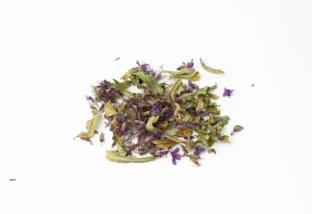
Crude fiber in plants originates from certain structural units such as cell walls, hard-walled tissues, thick-walled tissues, and transport tissues. The cell walls of young cells are thin and become stiffer as the plant grows and provide protection from wind, excessive transpiration, and other undesirable factors. Fibers are not digested and absorbed by the human gastrointestinal tract and contain cellulose, hemicellulose, and lignin. The amount of fiber is essential to maintain the health and function of the digestive system, while too much fiber can lead to digestive tract dysfunction. Chemically, fiber is defined as a non-digestible residue boiled with dilute solutions of strong mineral bases and acids. The crude fiber content of virgin tea is significantly lower than that of old-growth tea.
The crude fiber content of tea directly affects the quality of tea; therefore, the testing of tea crude fiber is of great importance. As a recognized leader in tea testing, Lifeasible can develop the best tea crude fiber testing solutions to help customers determine the crude fiber content of various teas to determine the age of the tea leaves and the grade of the finished tea.
We offer standard methods for tea crude fiber testing:
| Tea Crude Fiber Testing Methods | Description of Methods | Characteristics of Methods |
| Gravimetric Method | The weight method is used to calculate the crude fiber content of the sample by calculating the difference between the mass before and after the acid digestion and alkali digestion and then filtering and drying the ash. |
|
| Filter Bag Method | Suitable for determining crude fiber, neutral detergent fiber, and acid detergent fiber in tea. |
|
| Cellulose Analyzer Testing Method | Suitable for the centralized determination of batches of tea samples. |
|
| Near Infrared Spectrometry Method | Suitable for rapid detection of crude fiber content in tea. |
|
Our tea crude fiber testing can quickly detect the crude fiber content in various teas and is widely used as a diagnostic factor for determining the quality of tea, especially for teas made by the CTC method and teas adulterated with old leaf stems. If you are interested in our solutions, please contact us for technical consultation and quotation.
Reference